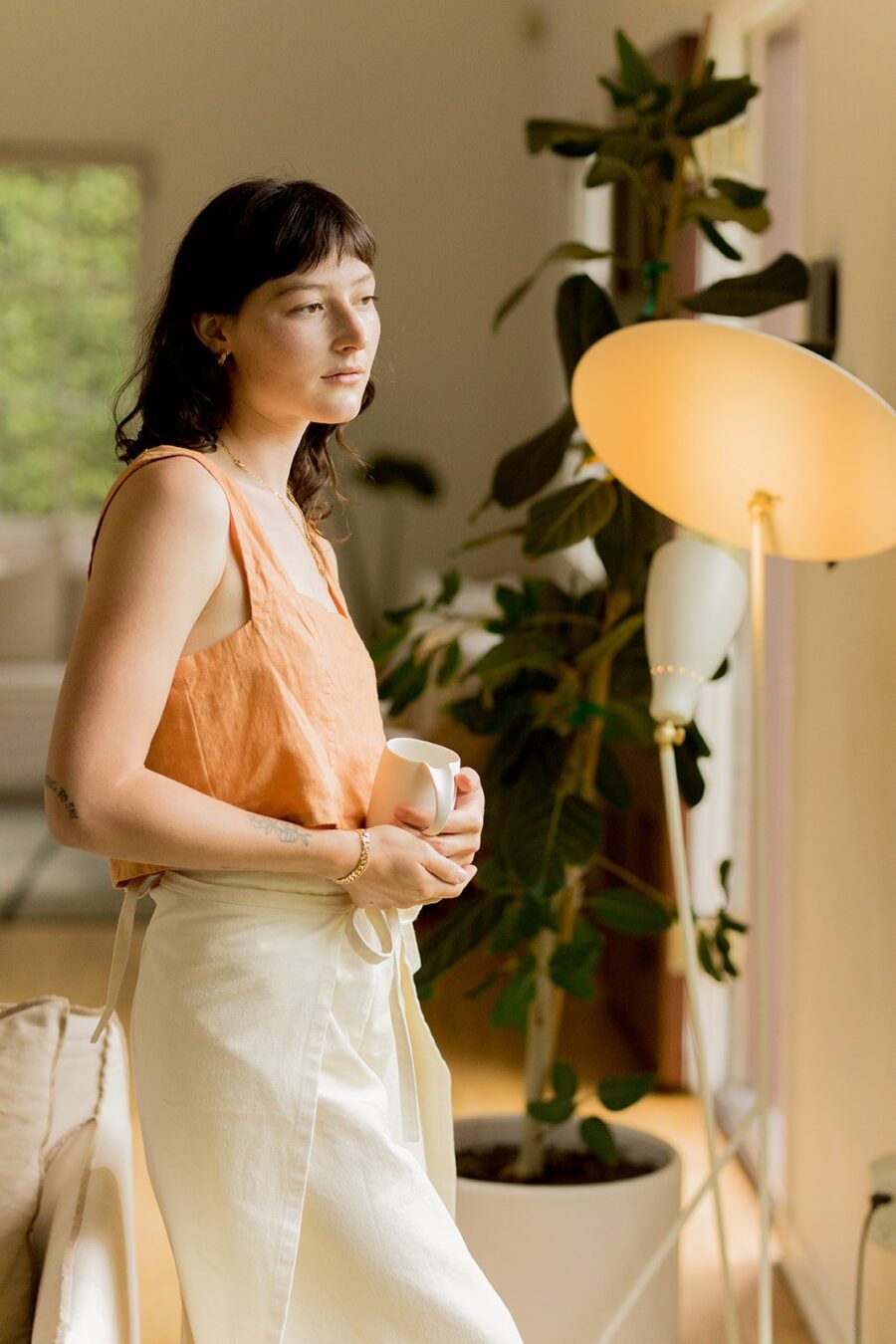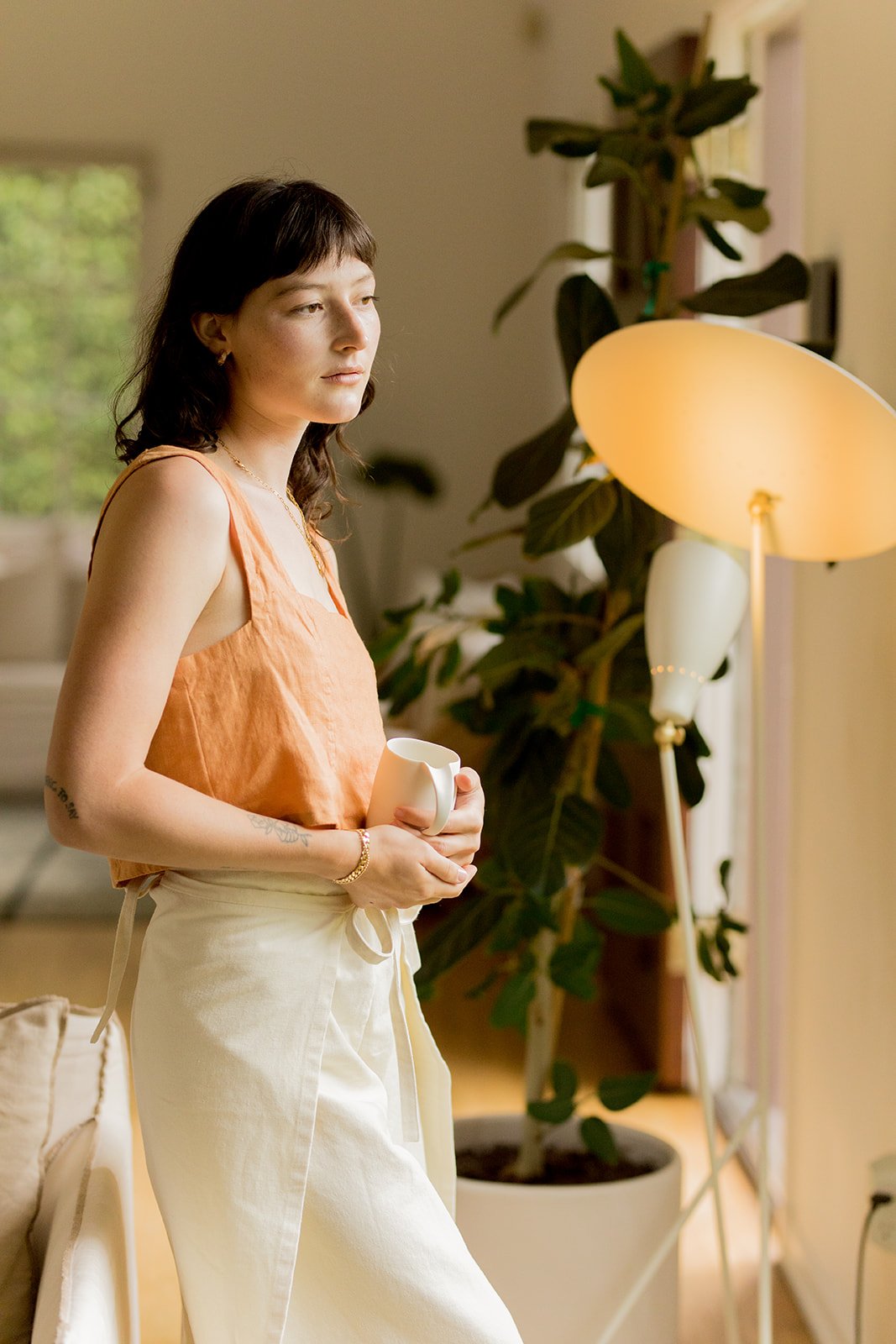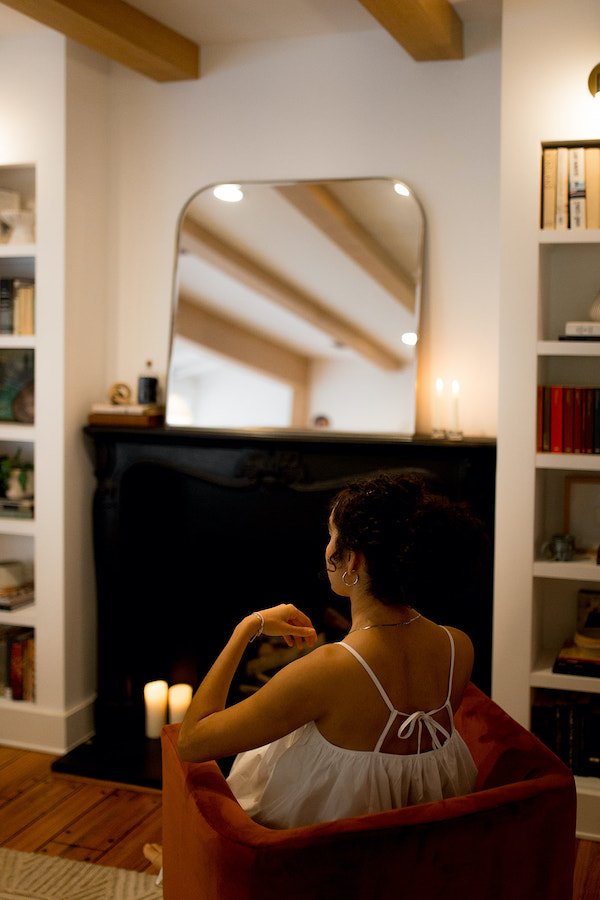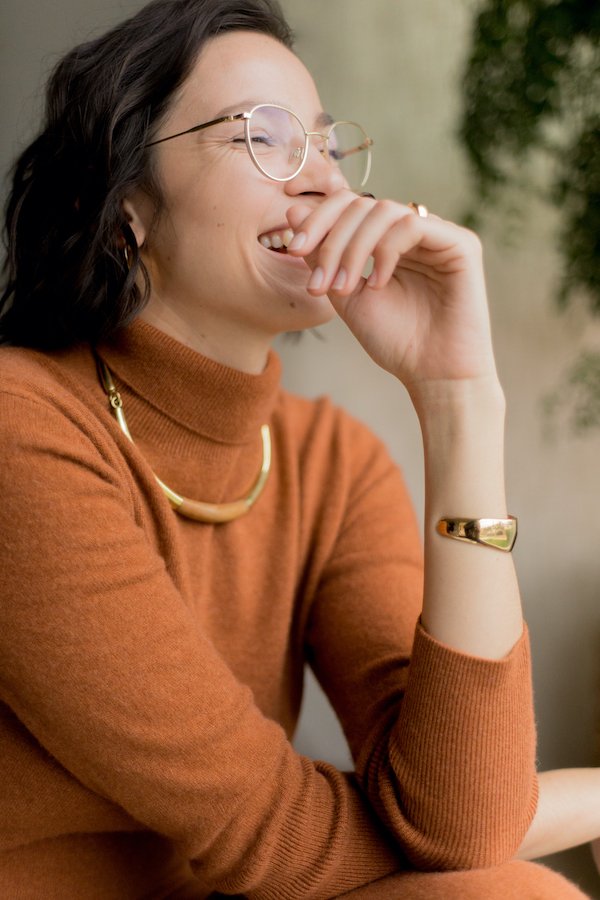
How To Make A Vision Board (And What To Do With It)
Visualizing Your Goals & Dreams
As a kid, one of my favorite activities was collaging. Usually, with a friend, I’d paste together magazine and newspaper clippings into a new piece of artwork that I’d promptly forget about or hang on the fridge until it got crusty. Vision boarding isn’t exactly collaging for adults—but it’s not too far from it. The hands-on craft can be a form of manifestation and help with turning our ideas into realities.
Simply put, a vision board is “a visual representation of your goals,” media and life coach Zakiya Larry tells Oprah Daily. And it’s slightly different from a mood board. Instead of focusing solely on aesthetics, a vision board concentrates on bigger-picture life ambitions. But you can feel free to make your vision board as aesthetically engaging as you like.
“[Vision boards] can help you take the time to actually think about what you want, something that many of us don’t do,” says Suzy Rosenstein, Master Life Coach & Midlife Mentor. “Creating the life you want doesn’t happen by accident.”
Countless thought leaders and life coaches, like Eckhart Tolle and Deepak Chopra, endorse this technique of visualizing your desires each and every day too—as part of the effort to achieve your dreams.
“Studies show how vision boards serve as powerful visualization tools, which actually help us achieve our goals.”
Likewise, studies show how vision boards serve as powerful visualization tools, which actually help us achieve our goals. According to Psychology Today, visualization as a cognitive tool can help folks work through anxiety, prepare for a big work event, or bring certain life goals to fruition.
Visualization works by helping your reticular activating system (RAS), your brain’s filter, stay on top of which messages to filter in and out. “The more you keep your goals ‘top of mind,’ the more your subconscious mind will work to reach them,” explains Ruben Gonzalez, four-time Olympian and author of “The Courage to Succeed,” in an interview with Entrepreneur. “That’s why writing your goals down every day, visualizing your intended outcome, and regularly saying affirmations is so important.”
So if you want to finally start your own business, learn yoga, go on your dream trip to Zanzibar, or maybe learn to restore your own furniture, looking at inspiring images can actually help you reach those goals.
If you’re ready to roll up your sleeves, follow this quick guide to lead you off.
How to Make a Vision Board
1. Brainstorm your vision board
Grab a pen and paper and ask yourself a few questions about how you see your life. Here are some sample questions to help you get started:
What values are most important to you?
What career/financial goals do you have for the next year?
What are you saving up for?
What are your dream travel destinations?
Do you have any wellness goals?
What do you want your home to look like?
What’s your vision for your relationships with others?
What’s your vision for your relationship with yourself?
What do you want to bring more of into your life?
Think of any inspirational quotes that are important to you.
Jot down the answers to your favorite questions above. Now you have a solid basis for what to fill your vision board with.
2. Source imagery
The good old-fashioned magazine method is super successful here. Flip through magazines and rip out images that align with your notes—or images that make you feel inspired. You can also opt to print out any image your heart desires from the internet. Pinterest is a great place to start. Consider adding photos you’ve taken yourself, quotes that inspire you, lists, decorative embellishments, and even recipes.
3. Gather crafting materials
If you love breaking out the glue stick, then grab a poster board from the store and start pasting! But if you want a vision board that’s more easily transitional, use a cork board and push pins. You’ll also probably need scissors, tape, markers or pens, and a chunk of free time to set aside.
4. Create your vision board
Once you’ve gathered your images, and materials, and set aside an hour or two, it’s time to structure your board. Lay everything out to see what looks best before you commit to scissors or glue. Which images or themes are the most important to you? Consider putting them in the center of your board. You can even turn this into a self-care situation, with music, candles, and maybe friends. Take your time with this, since you’ll have to look at it every day, multiple times a day (that’s the idea).
Rosenstein notes that she prefers to take her time with vision boards, instead of finishing them in one sitting. “My process starts with giving myself time and space,” she says, noting that she’ll source imagery as she feels inspired over the course of a few weeks, before beginning to work on her board little by little.
5. Put it up for display!
Et voilà! You can put the board anywhere, as long as you’ll see it regularly. If it’s small, your bedside table or fridge is perfect. Your desk or bedroom wall may be other good spots.
Maybe you choose to forgo the physical vision board and create a digital one with online images. Canva is a user-friendly graphic design tool to build your board, and you can either print it out or set it as your computer or phone background.
“Here’s the best thing about a manifestation tool like a vision board: it’s not permanent.”
Here’s the best thing about a manifestation tool like a vision board: it’s not permanent. Add new images when you feel inspired, or tear off the ones that no longer serve you. Some folks like to make a new vision board each calendar year, every six months, or just whenever it feels right.
And you don’t have to make just one vision board—consider a career-focused one that you keep at work, a travel vision board, or a food vision board in the kitchen.
Most importantly, this exercise is all about doing what’s right for you. Once you start getting inspired by images and quotes and feel the creativity start to flow, you’ve unlocked a powerful tool to help you make some of your dreams a reality. A vision board itself won’t change your life, but your actions can then bring that vision board into existence.
Natalie Gale is a Boston-based freelance journalist. When she’s not writing about art, food, or sustainability, you can find her biking to the farmers’ market, baking, sewing, or planning her next Halloween costume. Say hi on Instagram!





